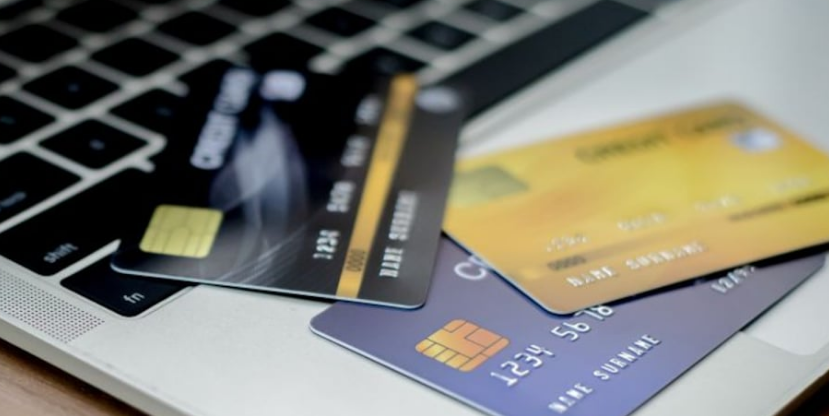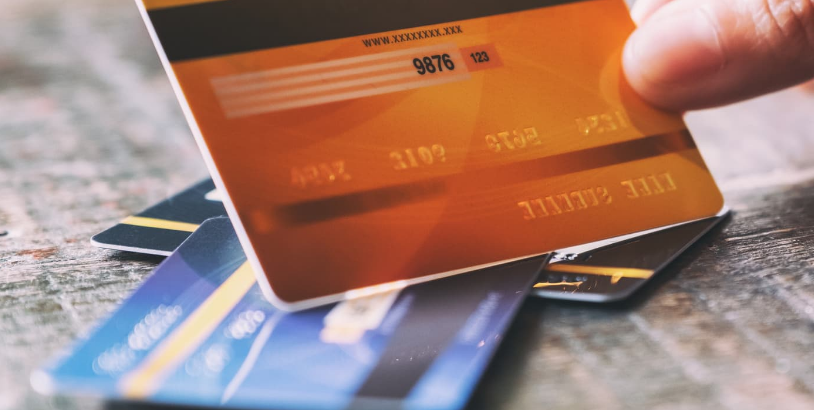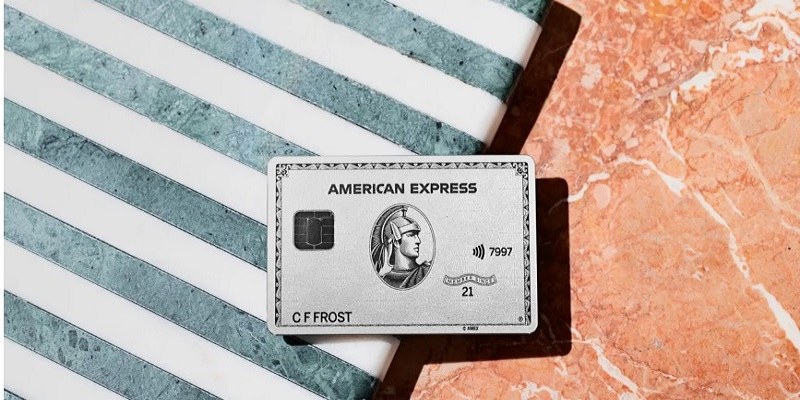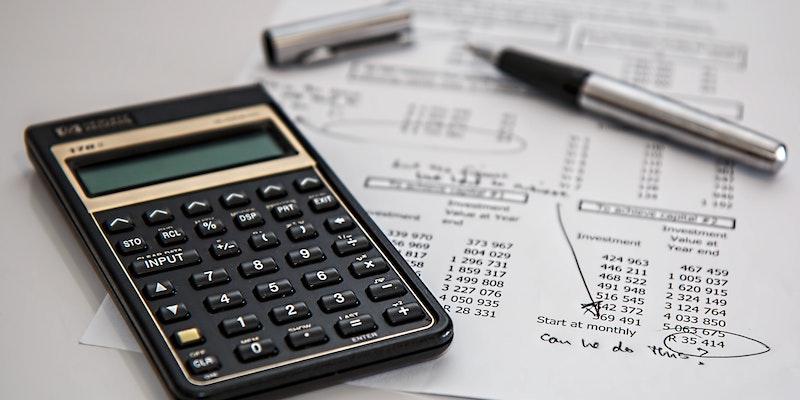Transfer payments like help from other countries and remittances are included in the balance of payments. The balance of payments and net foreign investment position of a country are referred to as the "international accounts."
In the balance of payments, short-term and long-term trades are divided. There is a separate, usually small, capital account on the ledger to show that the capital account is, in fact, the financial account. The current report includes both investment returns and current transfers.
The full capital account includes the central bank's financial instruments and reserves. This restrictive definition includes only transactions involving financial instruments. The current version is used to determine national output, while the capital account is not.
Foreign capital flows into a country when it exports anything (a current account transaction) (a capital account transaction). A country's export revenue can't pay for imports; its reserves must be depleted. A deficit in the balance of payments is usually referred to when the capital account is interpreted narrowly to exclude central bank reserves. In reality, a zero balance of payments is the only way to describe the situation.
The lack of precise data tracking shows statistical discrepancies in the economy's performance. Currency translation problems are also included in this category.
All transactions in the balance of payments must equal zero as long as the capital account is construed broadly. Because every credit in the current version is offset by debit in the capital account, and vice versa, this is why...
Debt Payouts of the Past (BOP)

Countries with trade deficits couldn't easily alter their currencies since international transactions were denominated in gold before the nineteenth century. Increasing a country's trade surplus was key to strengthening its financial status when economic growth was weak. In the absence of economic integration, trade imbalances rarely lead to crises. In the wake of the Industrial Revolution, the balance of payment issues became more common.
As the US money supply grew and the trade imbalance grew, the government could not adequately redeem dollar reserves held by foreign central banks for gold. It was therefore decided to discard the scheme.
Since the Nixon shock—the termination of the dollar's gold convertibility is known, a country with a trade imbalance can artificially weaken its currency by hoarding foreign reserves, making its products more appealing and increasing exports. The higher mobility of capital across borders can lead to balance-of-payments crises, such as those that plagued Southeast Asian countries in 1998, which resulted in significant currency devaluations.
During the Great Recession, many countries depreciated their currencies to encourage exports. Almost all of the world's major central banks expanded their monetary policies dramatically in response to the global financial crisis. As a result, the value of currencies in emerging markets rose versus the US dollar and other major currencies.
For countries whose exports were under pressure during the Great Recession as global demand stagnated, they responded by further loosening monetary policy to support exports.
Considerations that are specific to this case

The statistics on a country's balance of payments and international investment status are widely relied upon when formulating economic policy at the national and international levels. Two of the most pressing issues in a country's balance of payments data are foreign direct investment and payment imbalances.
Current account imbalances can and do arise between countries, even though a nation's balance of payments always zeros out the current and capital accounts. In 2020, the United States' existing account was $616 billion in the red. China has the world's largest surplus, totaling $274 billion.
The balance of payments of a country can be affected by specific economic policies. Countries might artificially lower their currencies to attract foreign investment and boost exports. In another country, the polar opposite may occur. As a final result of these policies, the balance of payments will be affected.
Determining a "Balance of Payments" (BOP), The BOP is used to keep track of foreign money that enters a country. The BOP keeps track of all of a country's financial outlays. This is an imaginary situation in which Japan exports 100 cars to the US. Japan reports exports of 100 vehicles, but the United States takes imports into account as a BOP credit.
What are its components?
A "Balance of Payments" (BoP) transaction is a series of payments between governments (BOP). This means that each of the three BOP accounts plays a critical role. The current account must be in balance with the capital and financial statements.




